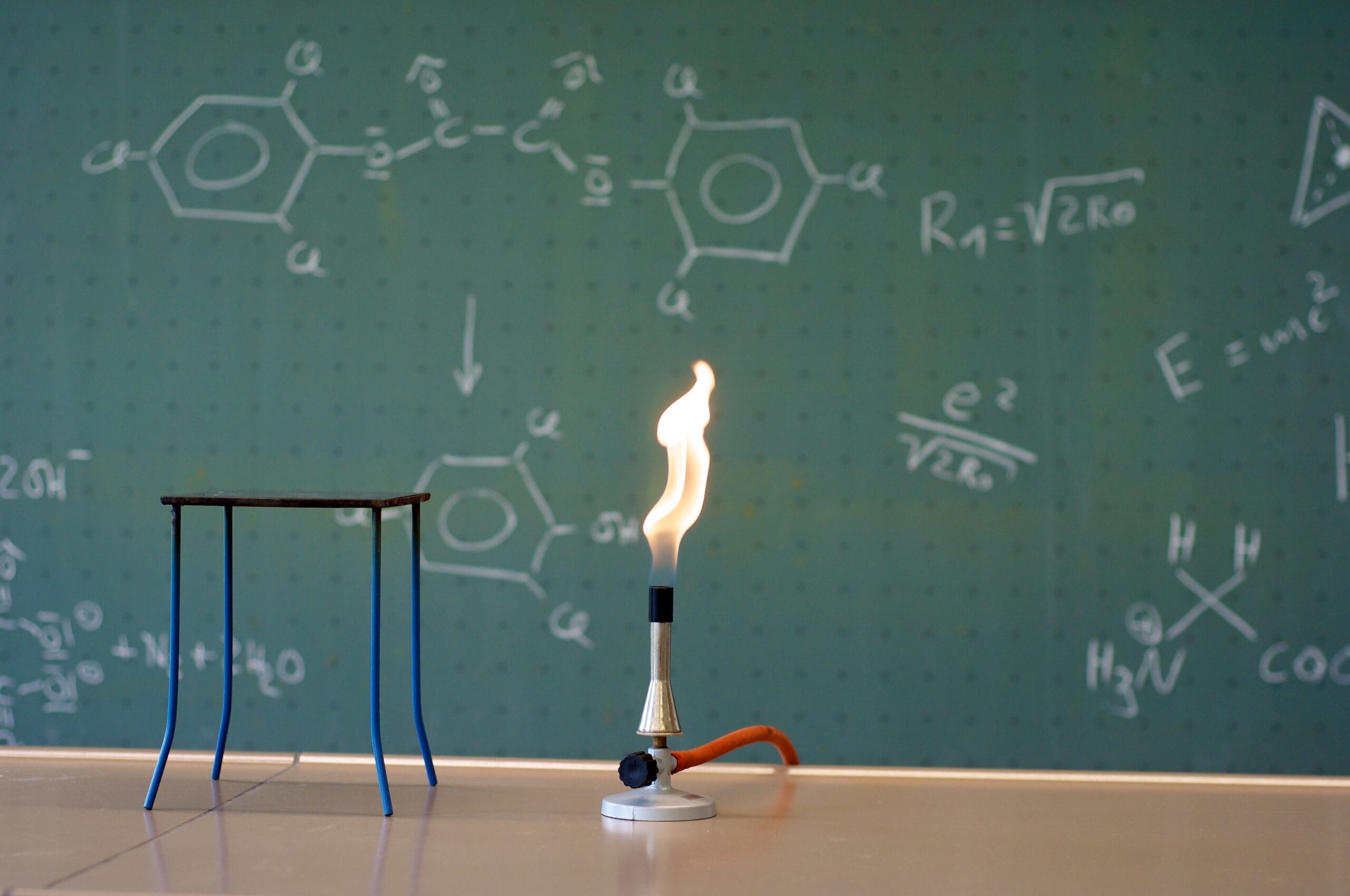Bunsen Burner Day (March 31)

National Bunsen Burner Day is a celebration of one of the most essential tools in scientific research and one of the many weird holidays in March.
Named after its inventor, Robert Bunsen, this holiday highlights the importance of controlled heat in chemistry, microbiology, and education.
Whether used in laboratories or classrooms, the Bunsen burner has fueled discoveries for over a century.

When is the Holiday?
This holiday is celebrated annually on March 31st. This day honors the contributions of Robert Bunsen, the German chemist who invented the Bunsen burner, an essential tool in scientific laboratories worldwide.

Who Invented It?
Robert Wilhelm Eberhard Bunsen, a German chemist born on March 31, 1811, is credited with the invention of the Bunsen burner.
His work revolutionized laboratory science by providing a clean, controllable heat source for chemical experiments.
Though Bunsen designed the burner, it was his laboratory assistant, Peter Desaga, who helped bring the design to life in 1855.

The History of the Holiday
The holiday originated as a tribute to Robert Bunsen’s groundbreaking contributions to science.
While the exact origins of the holiday remain unclear, its recognition has grown over time, especially among science educators and enthusiasts.
Bunsen’s invention of the burner in 1855 dramatically improved laboratory efficiency by allowing scientists to control flame intensity with precision, which led to significant advancements in chemistry, including the discovery of new elements.
Beyond the burner, Bunsen was instrumental in the development of spectroscopy, a technique that enables scientists to identify chemical elements based on the light they emit when heated.
His contributions paved the way for modern chemical analysis and even influenced astrophysics. This holiday is a time to celebrate not just the invention, but also the broader impact of Bunsen’s work on scientific discovery.

Top Facts About the Holiday
- Named After Its Inventor, But Not Patented – Robert Bunsen never patented his burner, believing scientific progress should be freely shared.
- Revolutionized Laboratory Work – Before the Bunsen burner, laboratory heat sources were inefficient and produced excessive soot, making experiments messy and unreliable.
- Led to Element Discoveries – Using his burner, Bunsen helped discover cesium and rubidium by analyzing the colors produced when elements were burned.
- Used in Unexpected Fields – Though primarily used in chemistry, Bunsen burners also play a role in microbiology, metallurgy, and even culinary arts.
- Created for Efficiency – Bunsen designed the burner to produce a smokeless, soot-free flame, improving lab safety and precision.
- Key to Spectroscopy – Bunsen’s work with the burner led to advancements in spectroscopy, which allowed scientists to identify elements based on their light emissions.
- Science Education Icon – Most students encounter a Bunsen burner in high school or college science courses, making it one of the most recognizable pieces of lab equipment.

Activities to Celebrate
- Science Demonstrations – Conduct safe, supervised Bunsen burner experiments in classrooms or at home.
- Learn About Robert Bunsen – Explore his contributions beyond the burner, including his discoveries in chemistry and spectroscopy.
- Virtual Science Lessons – Host or attend online workshops discussing laboratory equipment and safety.
- Experiment Safely – Try hands-on experiments that showcase the burner’s ability to produce different flame colors based on chemical reactions.
- Science Trivia – Organize a fun quiz about the Bunsen burner, its uses, and its inventor.
**This post may contain affiliate links. As an Amazon Associate and a participant in other affiliate programs, I earn a commission on qualifying purchases.**
Links to Resources
- Bunsen Burner -This durable and adjustable flame Bunsen burner is perfect for chemistry experiments, providing precise heat control.
- Introductory Chemistry Textbook – A beginner-friendly guide to chemistry concepts, including experiments that use a Bunsen burner.
- Science Lab Safety Goggles – Protect your eyes while conducting chemistry experiments.
Related Holidays
- National Static Electricity Day (January 9)
- National Battery Day (February 18)
- Pi Day (March 14)
- Pi Approximation Day (July 22)
Pin it!
Share this post about National Bunsen Burner Day on Pinterest!

